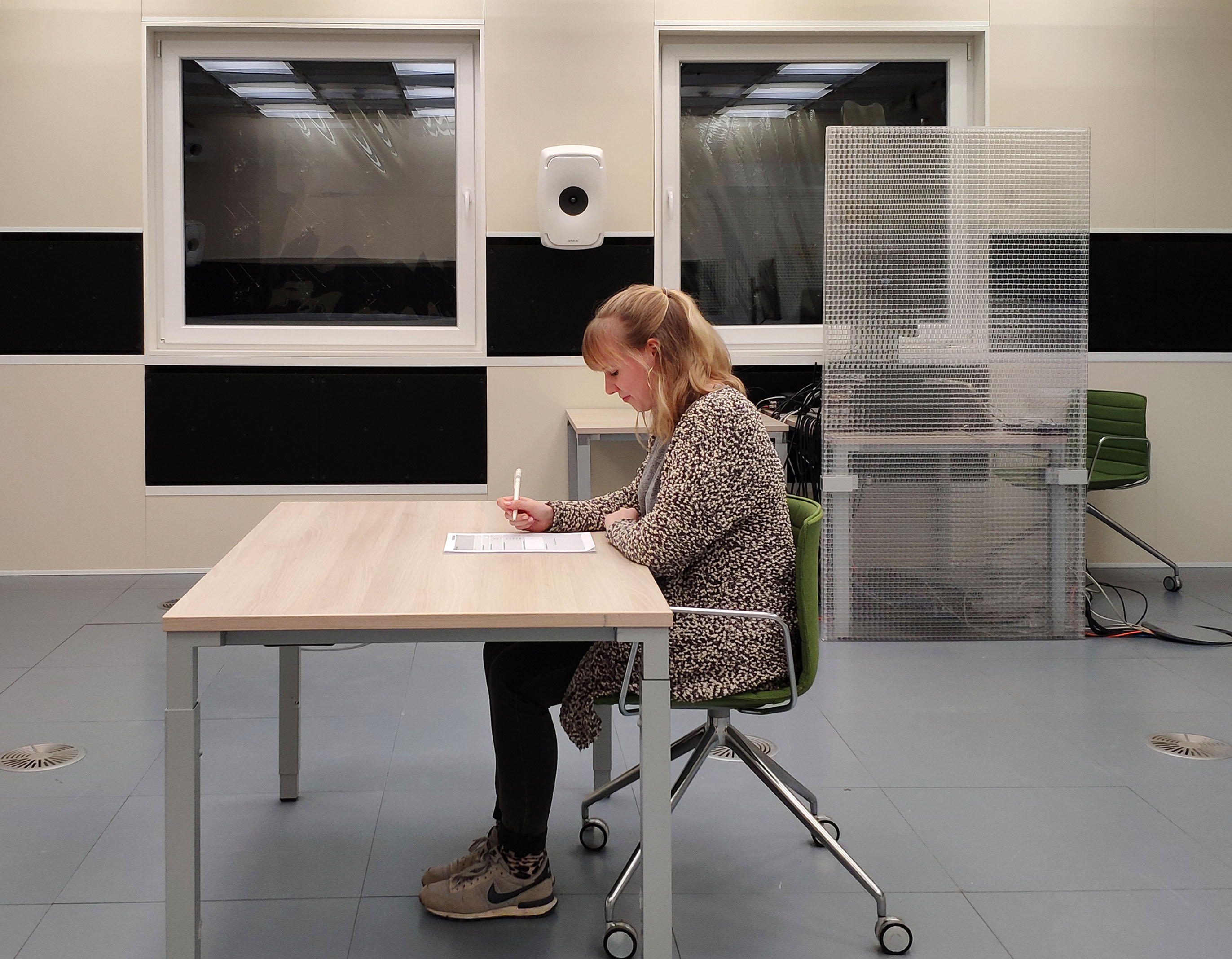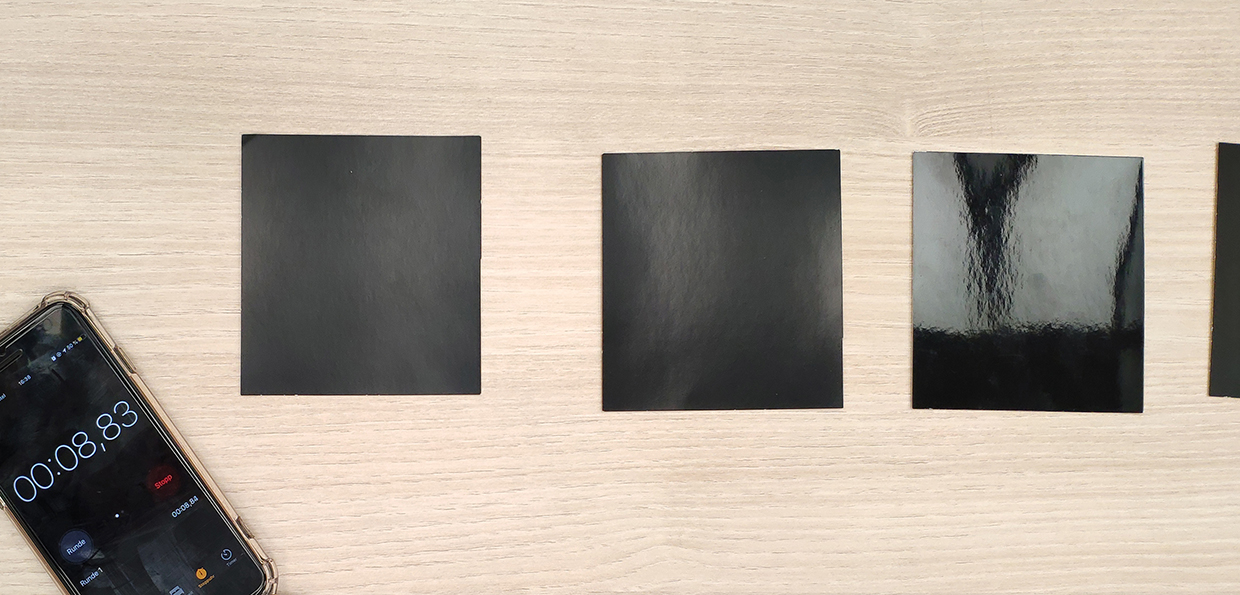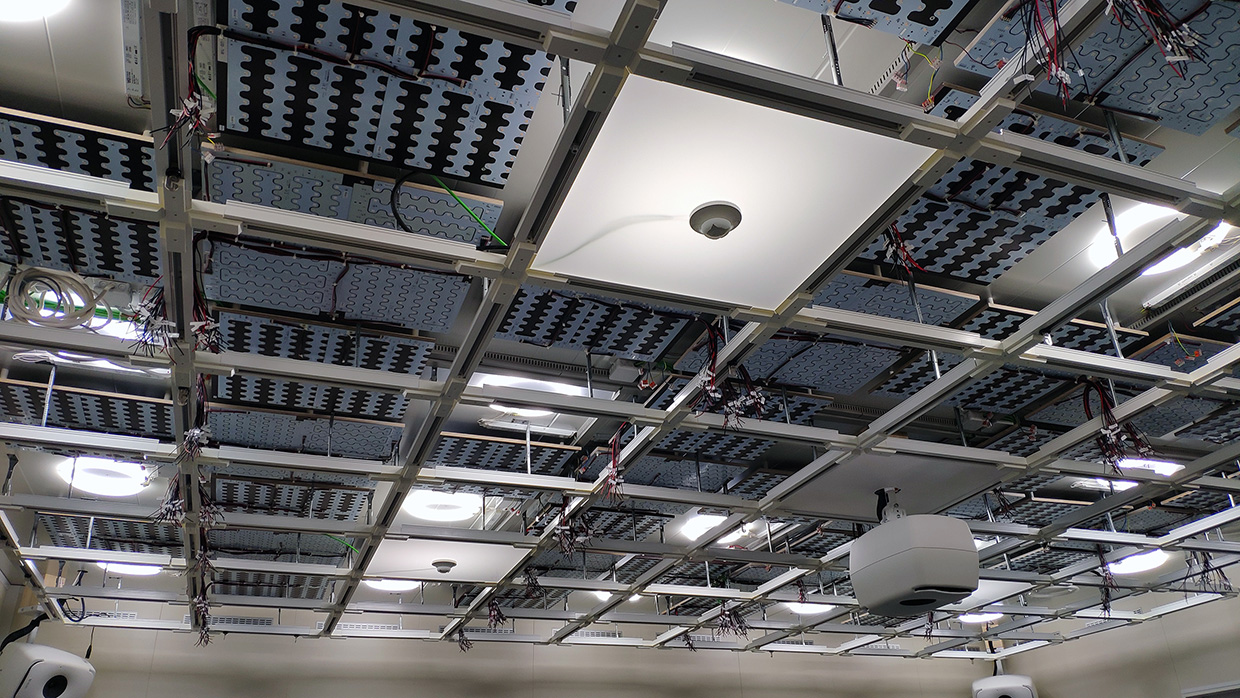Study on the perception of full spectrum LEDs

In cooperation with leading LED manufacturers, the Fraunhofer Institute for Building Physics IBP conducted the first cognitive-psychological study to compare the effects of full-spectrum LEDs and standard LEDs on people. The goals, methods and main findings are briefly summarized in the following. Further studies are planned and - based on the first study - will provide insights into the effects of LEDs on humans and how they are perceived.

